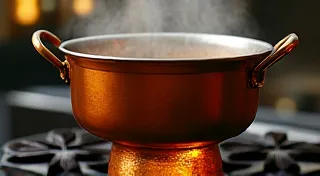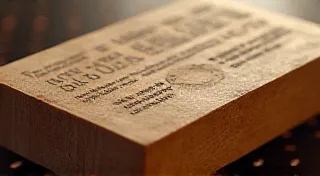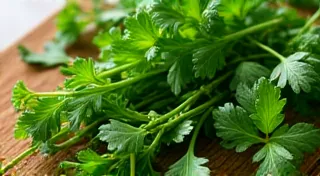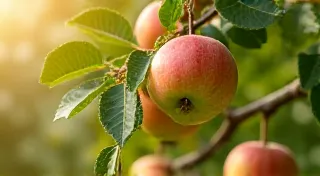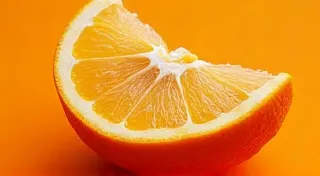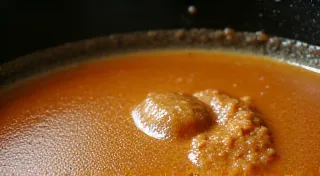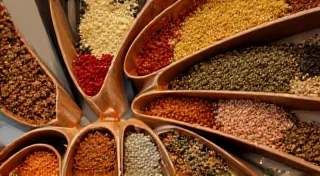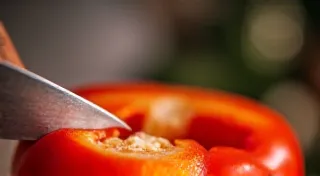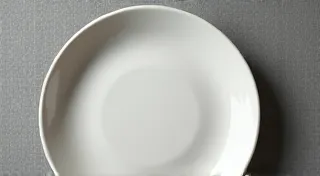Knife Skills & Culinary Arts: Elevate Your Craft
Welcome to a journey where the precision of a chef's knife meets the artistry of storytelling. Here, we explore the fascinating intersection of knife skills, essential cooking techniques, and the broader world of culinary arts. Whether you’re a complete beginner or a seasoned cook looking to refine your skills, you’re sure to find valuable cooking tutorials, insightful recipe guides, and inspiration to fuel your creativity.
The Intersection of Food and Storytelling
For centuries, food has been more than sustenance; it’s a cultural touchstone, a source of memory, and a powerful medium for storytelling. Think about the aroma of your grandmother's baking, the shared joy of a celebratory feast, or the quiet comfort of a simple, home-cooked meal. These experiences are interwoven with narratives, emotions, and a profound sense of connection. Just as a chef carefully selects ingredients and executes techniques to create a harmonious dish, a writer carefully crafts words and structures sentences to evoke a specific feeling or convey a particular truth.
This website is born from the recognition of this beautiful overlap. We believe that the discipline required to master knife skills – the precise cuts, the steady hand, the understanding of the blade – mirrors the focus and dedication necessary for compelling writing. The meticulous process of building a complex sauce, like the foundational steps in creating a roux's foundation, strengthens not only your palate but also your ability to structure and build something meaningful from seemingly disparate elements.
We’re not just offering cooking tutorials; we're offering a lens through which to view the creative process itself. Consider the concept of "mise en place" - having all your ingredients prepped and organized before you begin cooking. It's a powerful metaphor for outlining and preparing before you write. Each page here explores a different facet of this connection, using culinary terminology as a framework for understanding creative principles.
Mastering the Tools of the Trade: Knife Skills & Beyond
No journey into the culinary arts is complete without a deep understanding of knife skills. The chef’s knife is more than just a utensil; it's an extension of the cook's hand, a tool that allows for precision, efficiency, and artistry. Our The Ultimate Guide to Mastering the Chef’s Knife is designed to take you from beginner to proficient, covering everything from proper grip and stance to different cutting techniques. It's the bedrock upon which all other skills are built.
But mastering cooking techniques extends far beyond simply holding a knife. It involves understanding the science behind food, the nuances of flavor, and the importance of balance. Delve into Beyond Basic Sauté: Advanced Cooking Techniques for Home Cooks to push your skills to the next level, exploring methods that go beyond the familiar and open up a world of culinary possibilities.
Even something seemingly simple, like chopping herbs, requires technique and precision. Learn to differentiate between varieties, like identifying From Parsley to Cilantro: A Guide to Essential Herb Chopping Techniques, and understand how their varying textures and flavors impact a dish.
Flavor, Memory, and the Art of Creation
Food is inextricably linked to memory. A single aroma can transport you back to a specific moment in time, evoking a cascade of emotions and sensations. This phenomenon is beautifully explored in The Gastronomic Echo: Resonances Between Food and Memory, a piece that examines how food acts as a powerful trigger for personal narratives and cultural heritage.
Just as a chef reduces a stock to its essence, extracting the purest flavors, a writer distills experiences into meaningful prose. Consider Deconstructing the Bouillon: Finding Essence in the Reduced; it's a lesson in finding the core of something complex.
The interplay of flavors is akin to the harmony of words. Sometimes, seemingly disparate ingredients, or contrasting ideas, combine to create something truly extraordinary. The Emulsification of Narrative: Finding Harmony in Dissonance unpacks this principle, mirroring how a delicate emulsion – the blending of oil and water – parallels the challenges and rewards of weaving together conflicting narratives.
Just as a skilled chef understands how different spices complement each other, a writer learns to select the right words to create a particular effect. The Spice Merchant’s Quill: Exotic Ingredients, Unexpected Metaphors demonstrates the power of unexpected comparisons and evocative language to enrich both food and writing.
Cultivating Creativity: Inspiration & Discipline
The creative process requires not only inspiration but also discipline. Just as a chef must be meticulous in their measurements and timings, a writer must be committed to honing their craft. The Obsidian Edge: Honing Discipline in the Culinary Narrative explores the importance of perseverance and a relentless pursuit of excellence.
Finding inspiration is a constant journey. The Orchard of Ideas: Cultivating a Rich Source of Inspiration offers insights into how to nurture your creative well and continuously generate fresh perspectives.
Sometimes, the most profound insights come from observing the world with a critical eye. The Salt of Perspective: Finding Truth in Critical Evaluation emphasizes the significance of objective assessment and the willingness to challenge assumptions.
Even the act of silence – the pauses between words, the moments of quiet observation – can be incredibly powerful. Explore this concept in The Unseen Ingredient: Silence and the Art of Suggestion, understanding how carefully placed silences can amplify the impact of both food and writing.
Perception & Interpretation
How we perceive taste, texture, and aroma is just as important as the ingredients themselves. The Blind Tasting: Refining Perception Through Focused Observation reveals how deliberate attention and focused sensory analysis can sharpen our understanding of both food and art.
Just as the layers of a classic dish offer depth and complexity, narratives have subtext and hidden meanings. Examine The Rind of Experience: Layers of Flavor and Subtext and uncover the nuanced ways meaning is constructed in food and in prose.
Food often acts as a framework for understanding broader cultural and literary archetypes. Consider how the elements of a classic French dish, like The Mirepoix of Memory: Flavor Profiles and Literary Archetypes, mirror common narrative structures and character tropes.
Finally, The Alchemist's Kitchen: Transforming Raw Potential into Polished Prose delves into the transformative power of the creative process, drawing parallels between the culinary arts and the meticulous work of refining and perfecting a piece of writing.
We invite you to explore these pages and more, and discover the rich tapestry of connections between food, storytelling, and the human experience. Bon appétit, and happy writing!
